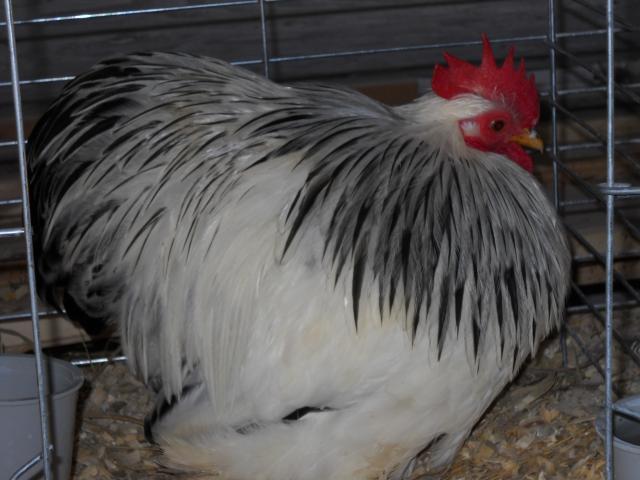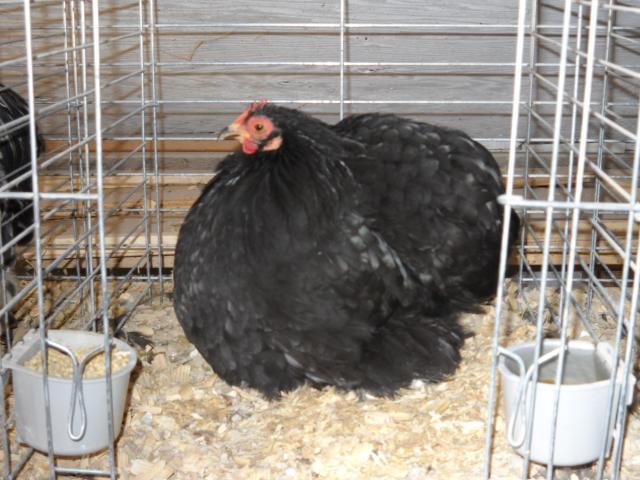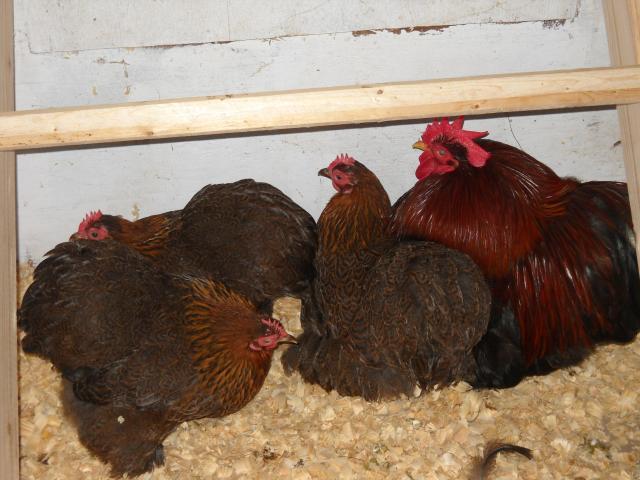Quote:
Everthing that Coopa has posted from the Standard is 100% correct. The problem with the text in any book describing a "standard" is that it's somewhat open to interpretation; in some instances at least. Swarthy yellow. Swarthy is defined as "of a dark color, complexion, or cast." My interpretation of swarthy yellow is: yellow with a tendency toward black, but not black. Totally Black legs are something different altogether and something you definitely do not want. In a Black or Blue bird is stands to reason that their leg color wouldn't be a crisp bright yellow just by the nature of their overall pigment. You want some yellow showing in the shanks and definitely the bottoms of the feet. The more yellow the legs, the more the males will tend to have white in their undercolor at the base of the tail and in the lower hackle. Males like this are of some value in breeding pullets with good leg color. Not necessarily everyone's cup of tea to resort to a kind of double mating for Blacks, but something that can be done if you are focusing on getting great leg/foot color in your females. The males tend to have better leg/foot color than females. Along the same lines, the Partridge tend to have horn colored legs/feet (sort of brownish red cast), but again, yellow bottoms for sure.
Large Fowl leg/foot color is the same. All Cochins are yellow skinned birds, and therefore require yellow/swarthy yellow legs/feet. The APA Standard of Perfection is certainly a book to own if you are breeding toward the standard. The 2010 edition just came out and it's $59.00 on the APA site.
I'm waiting for YOU to write a book!
That way, I wouldn't have to keep copying and saving all the good, technical cochin stuff you post
I do hope you get around to becoming an author some day....
Maybe one of these days, but right now it's all I can do to keep up with the 300-400 adult birds and 300 chicks and counting.












